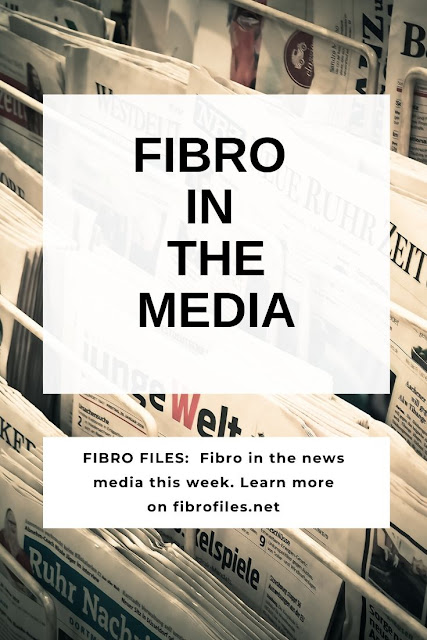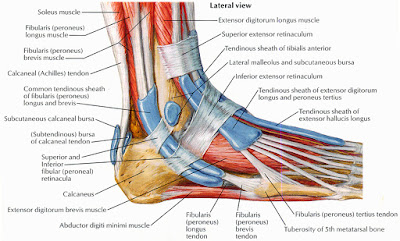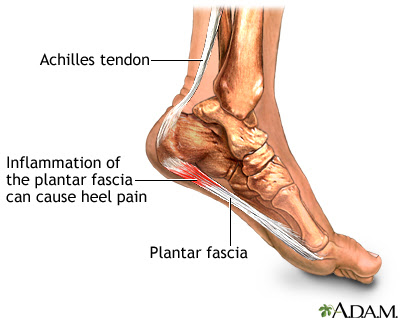Say the word “exercise” to a person with Fibromyalgia, and you will most likely get a negative response. Exercise is a harsh and ugly word. It has become synonymous with pain to most of us.
Rare is the Fibromyalgia patient who embraces exercise.
Not only does it elicit a pain response in most of us, but it also sends our defenses up. Too, too many times we have heard the unsolicited advice, “If you would only exercise you would feel much better.” We could all give examples of some of the insensitive and inaccurate things we have heard, that is not at question here, but what is under consideration is what truth is there in those comments?
It is hard to consider the validity to a comment that has raised our defenses and left us feeling misunderstood. But what if, regardless of how misinformed the comment and commenter, there is an underlying validity to it? Should we continue to be defensive and ignore what instinctively we already know? Who are we hurting if we do this? Not them, that is for sure.
 |
It hurts to move, so you are telling me I need to move?
How does that make sense? |
Be Mindful
The fact is, not all exercise is good or even possible for most Fibromyalgia patients, but some form of mindful movement is essential if we ever want to improve our symptoms and our overall wellbeing. And yet it seems so counterintuitive: “It hurts to move, so you are telling me I need to move?” How does that make sense?
- helps restore the body’s neurochemical balance and triggers a positive emotional state
- boosts levels of natural endorphins — pain-fighting molecules
- triggers the release of epinephrine and norepinephrine, hormones that are known to boost alertness
- burns calories and makes weight control easier
- gives range-of-motion to painful muscles and joints
- improves a person’s outlook on life
- improves quality of sleep
- improves one’s sense of well-being
- increases aerobic capacity
- increases cardiovascular health
- increases energy
- places the responsibility of healing in the hands of the patient
- reduces anxiety levels and depression
- relieves stress associated with a chronic disease
- stimulates growth hormone secretion
- stimulates the secretion of endorphins or “happy hormones”
- strengthens bones
- strengthens muscles
Would your life and your symptoms benefit with even one of the listed improvements? Then let’s step back from our conditioned response to exercise and think about how we can approach mindful movement with more positive results.
Be Gentle
This really is a matter of reconditioning our response to, and expectation of movement. Societies idea of exercising for health is to push through the pain; No Pain No Gain. Absurd really, and an approach that will guarantee failure for those of us living daily in pain. Take that approach and turn it inside out and then upside down. Gentle, mindful movement is the key to exercising with Fibromyalgia.
If you are familiar with my blog at all you know
I am a huge proponent of yoga. Well I learned the hard way recently that I need to revise my ardor of yoga.
 |
| I learned the hard way recently that I need to revise my ardor of yoga. |
I Love Yoga, But Not All Yoga Loves Me
My first experience with yoga years ago was a
No Pain No Gain experience. Even though I made an attempt to explain Fibromyalgia and my limitations to the instructor, she still pushed me way beyond my means. It was an awful experience and I was done with yoga. Fortunately, Fibromyalgia has taught me to consider and reconsider everything, because, when given the opportunity to practice yoga again, I did and had a completely different experience. It was one of the
greatest epiphany moments I have had. Movement without pain.
Hallelujah!
But then recently I had a setback to my love affair with yoga. For financial reasons I was no longer able to attend the gentle yoga classes that were having such a positive impact on my health and my symptoms. I was forced to look for alternatives; I tried YouTube videos with no success; found a few sources on Facebook that were okay, but not great; rented a few DVD’s, not even close. Then I resorted to buying a Yoga for Beginners DVD. I mistakenly interpreted “for beginners” as meaning “gentle.” Boy was I wrong. Massive failure and major flare-up.
So I looked again specifically for “gentle” yoga, and I found a free class being offered at a local library. My love was back. I spent the next restorative hour in mindful movement so gentle I sometimes wonder if it is really benefitting me, but it is. The result was no flare, days of improved cognitive function, better sleep, and decreased pain – all from one class!
 |
Next you have to find the appropriate movement for you.
It may not be yoga. Maybe it is Tai Chi or Qigong.
Maybe it is some form of water movement. |
Not All Movement is Created Equal
So you tried yoga and it hurt and sent you into a flare and now you are done with exercising. Exercising is not for you. I could not possibly understand how severely exercise hurts you because if I did I would not be telling you to do it.
I understand all of the reasoning behind not exercising, because I used them all myself for many years. And if I had tried yoga again and it had been anything other than gentle and restorative, I would still be reasoning myself out of attempting any form of movement. It is understandable. We have become conditioned by our pain. But the really great thing is that we can also become reconditioned.
First you must trust that your muscles need movement. The longer they remain inactive, the more severely they will continue to hurt, the less energy you will have, and the harder it will be for them to support your frame. Your muscles want and need to move.
Next you have to find the appropriate movement for you. It may not be yoga. Maybe it is Tai Chi or
Qigong. Maybe it is some form of water movement. Maybe it is a
slow and gentle walk. Find what works best for you. Find what you love and what makes your body say
Hallelujah.
Finally you need to accept that you will feel sore and there may be some discomfort, but you should not become discouraged by it. Consider how long you have been inactive. Honor you body and your limitations, but do not use them as the reason for not trying.
As with all things Fibromyalgia, there is no easy answer or quick fix, but if you intend to get better, then mindful movement is a necessary step towards wellness. Do not give up if your first attempt is a failure. Regroup and recommit yourself to mindful movement. When you find what works for you the rewards will be many, including an increased range of pain free movement. And as I like to say – be sure to take baby steps to avoid making the painful leaps.
First published in
Fibro Haven by Dannette
Mason the Founder of the
School of Gentle Yoga. Dannette has spent the last 20+ years learning natural ways to heal from the many complicated symptoms related to a traumatic brain injury suffered in 1996. Her passion and persistence led to her life’s purpose as a
Yoga Therapist.



























